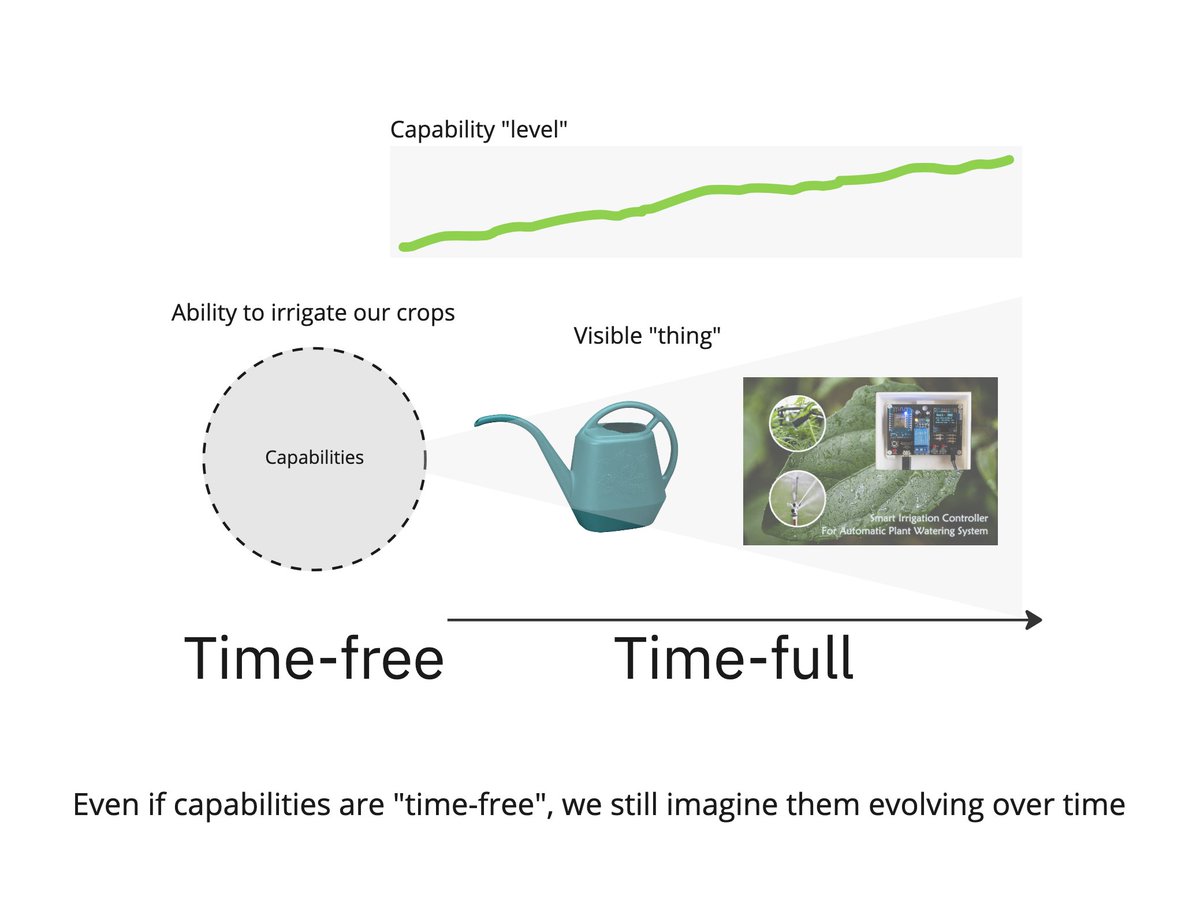I was speaking with an executive with 20+ years of experience recently. And I asked them if they had ever seen a feature/effort “flop”. And they said No. And I found this very curious. So I dug... (1/6) #design #prodmgmt #agile #devops
...in many cases, they claimed “poor execution” had left the “on their back foot”. Meanwhile, new silver bullets had emerged. So they didn’t really know — or weren’t focused on — whether the original idea worked or not (2/6) #design #prodmgmt #agile #devops
...in other cases, they described competitive pressures or “market shifts” that again left them “late to the party”. Notice the trend: it is all about speed and time in their mind. Perfect ideas that couldn’t be executed on quickly enough. (3/6) #design #prodmgmt #agile #devops
The interesting thing (to me) was that they had never experienced what many designers and developers have experienced...watching their amazing ideas fall flat. Or cleaning up (or wading through) years of debt/non-value-producing complexity (4/6) #design #prodmgmt #agile #devops
...I couldn’t really fault him, as no one had invited him into the process. The last time he had worked in the trenches it was a very different world. He was an engineer, but not in a similar context (5/6) #design #prodmgmt #agile #devops
It was a great reminder that we’re all bounded by what we’ve observe and know. Inviting people into the processs / sharing data / watching usability tests /watching your customers use the actual product is super important. When you do, you realize how much you have to learn (6/6)
• • •
Missing some Tweet in this thread? You can try to
force a refresh















